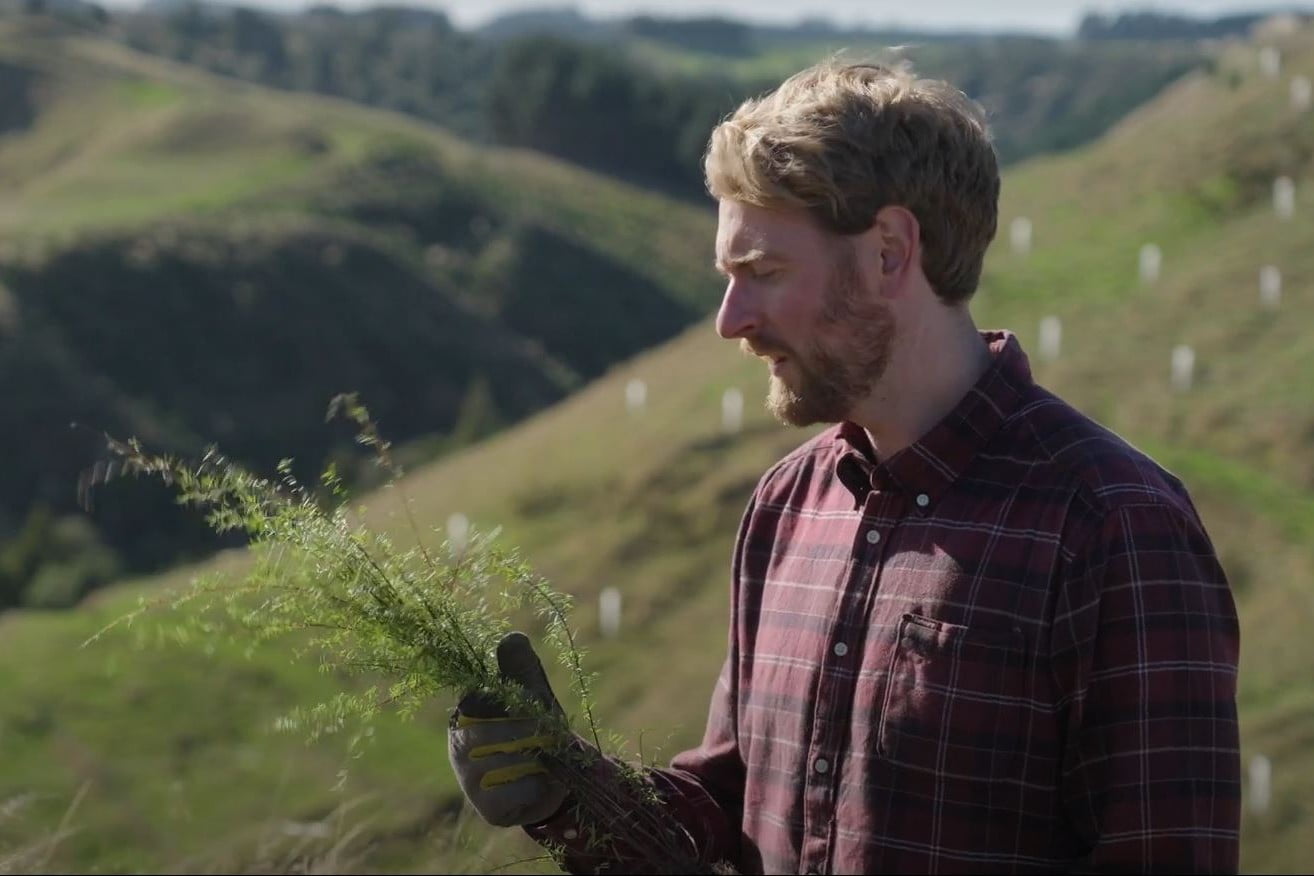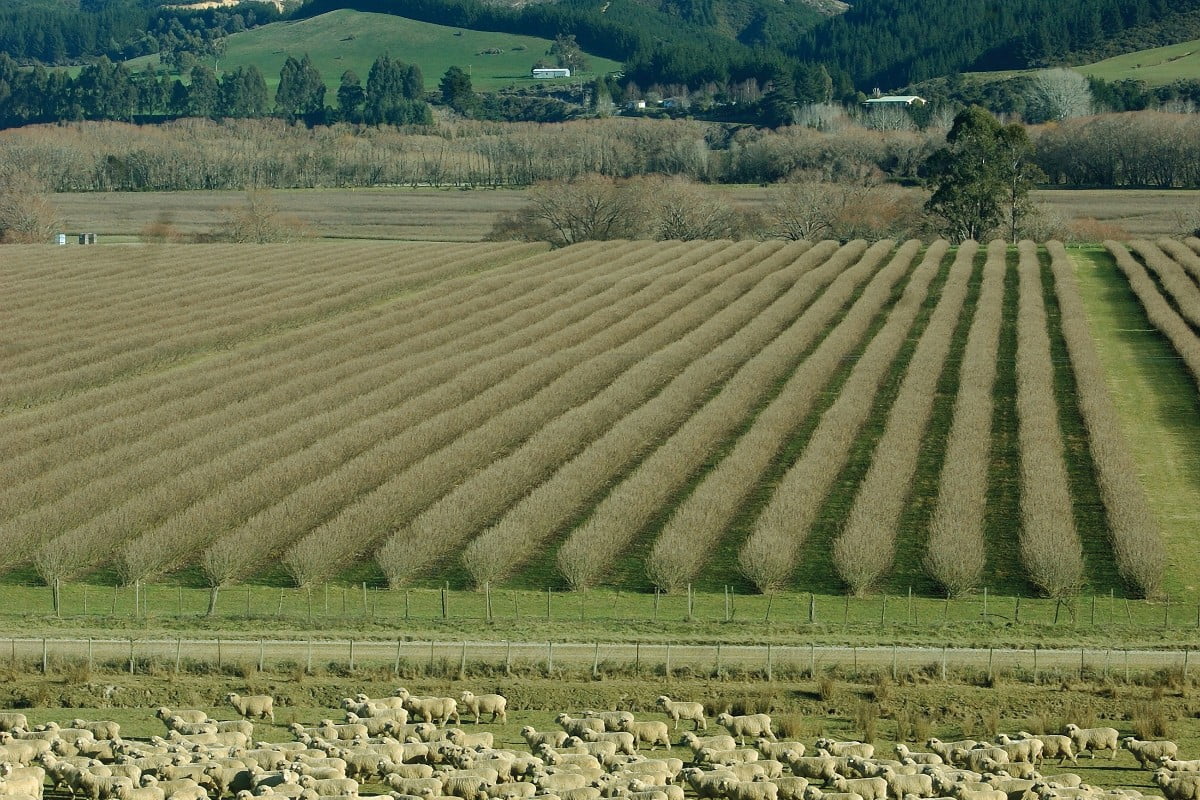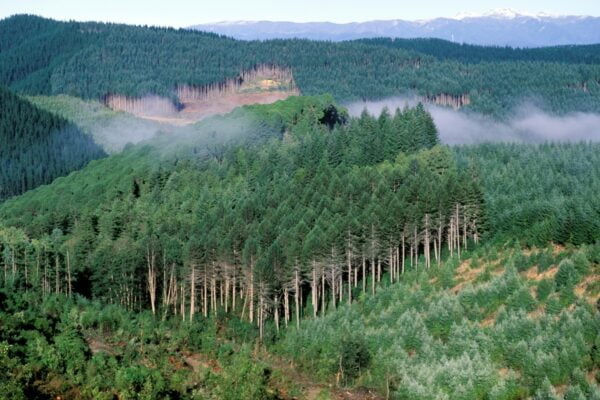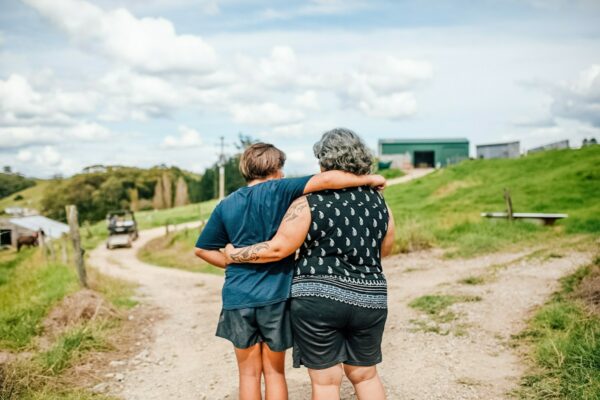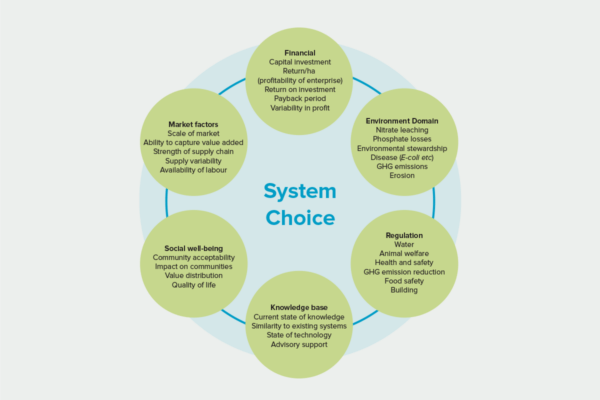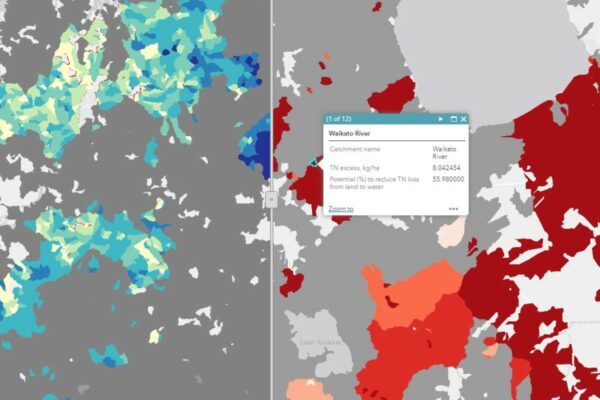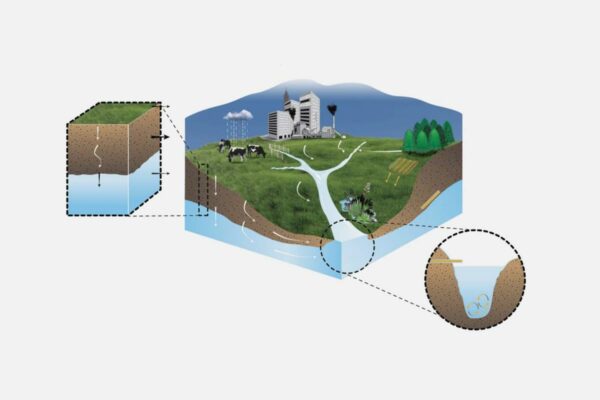Cascade of Soil Erosion
Developing sediment models to enable land managers, water users, communities and iwi to set sediment-related water quality targets
Project Details Ngā taipitopito
Collaborators Ngā haumi
Horizons Regional Council | Manaaki Whenua Landcare Research | Massey University
What are we doing?E aha ana mātou?
Soil erosion and too much sediment in rivers can result in major environmental problems. The impact of sediment loads on freshwater attributes such as water clarity, and how this affects freshwater ecology, is not fully understood.
This research has highlighted which sources of sediment have the most important role in determining how much suspended sediment ends up in a river. It has shown that the amount of sediment in rivers with headwaters (first-order catchments) is controlled by the maximum water flow during a storm event.
Cascade of Soil Erosion researchers have developed a model that can be used by regional councils to evaluate the impact of changes to land use and management on the sediment yield of catchments, and help plan soil conservation works.
This modelling will help to target the estimated $120 million expenditure needed to deal with erosion and sediment issues across New Zealand each year.
How can the research be used? Ka pēhea e whai take ai te rangahau?
- Horizons Regional Council has used this research to assess the impact of soil conservation work in the Manawatū-Wanganui region. The model’s effectiveness was demonstrated by how close its predictions are to actual measurements of sediment loads in the main channel of the Manawatū River. Horizons Regional Council is continuing to implement soil conservation work, and it is predicted that its Sustainable Land Use Initiative will improve water clarity by 30% by 2043.
- Models developed by this research team can be parameterised with local data, then used in spreadsheet form by regional councils across New Zealand and central government. The models can be used to evaluate the impact of changes to land use and management on the sediment yield of catchments, and help regional councils plan soil conservation work projects of varying size and complexity.
- Using event-based modelling (based on single storm events), this research project has shed light on the effect of peak water flow on storm sediment load. Further development of this modelling will provide more detail by using rainfall radar information as well as obtaining direct measurements from small successive tributaries during storm events.
- Our models contribute to the range of tools to evaluate land-use suitability.
- The Hill Country Erosion Fund was boosted from $8 million to $20 million, enabling more regional councils to use this research.
- This research has been cited in reports informing the government’s 2019 Essential Freshwater proposal, to derive sediment load targets for all catchments in New Zealand, and in the investigation of the practicality of achieving those targets.
- The models developed by this research team are being further refined in Smarter Targeting of Erosion Control, an MBIE-funded programme (2018–2022).
Participation & engagement Te hunga i whai wāhi mai
- Cascade of Soil Erosion researchers are working in close collaboration with Horizons Regional Council, who are providing flow and water quality data fundamental to the project. Horizons Regional Council is also sharing data and collaborating in the development and application of event-based sediment loss models for low-order catchments.
 View Our Strategy Document 2019 – 2024
View Our Strategy Document 2019 – 2024



